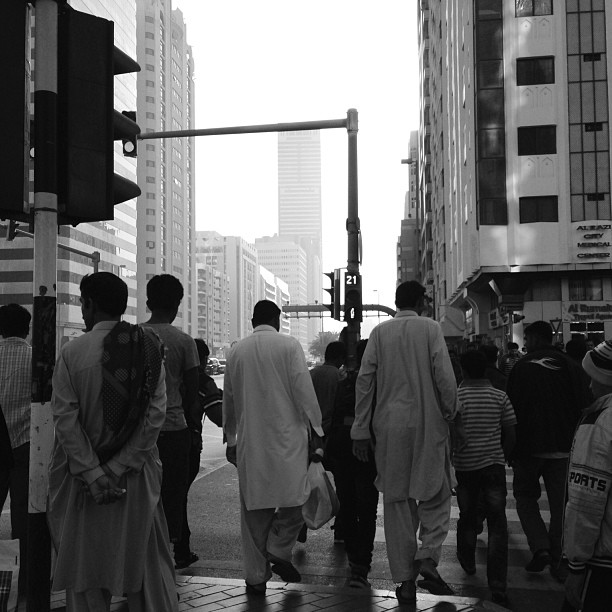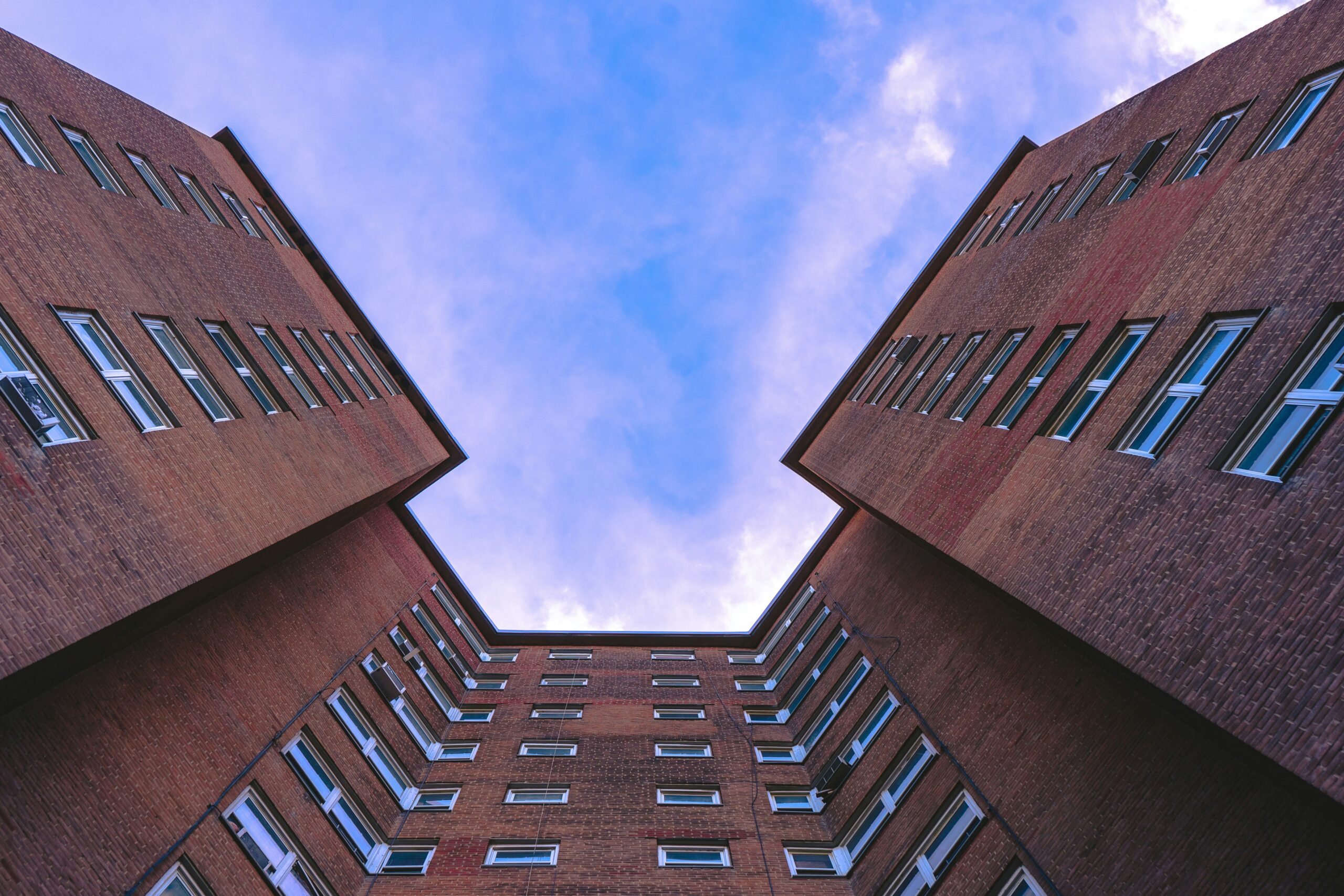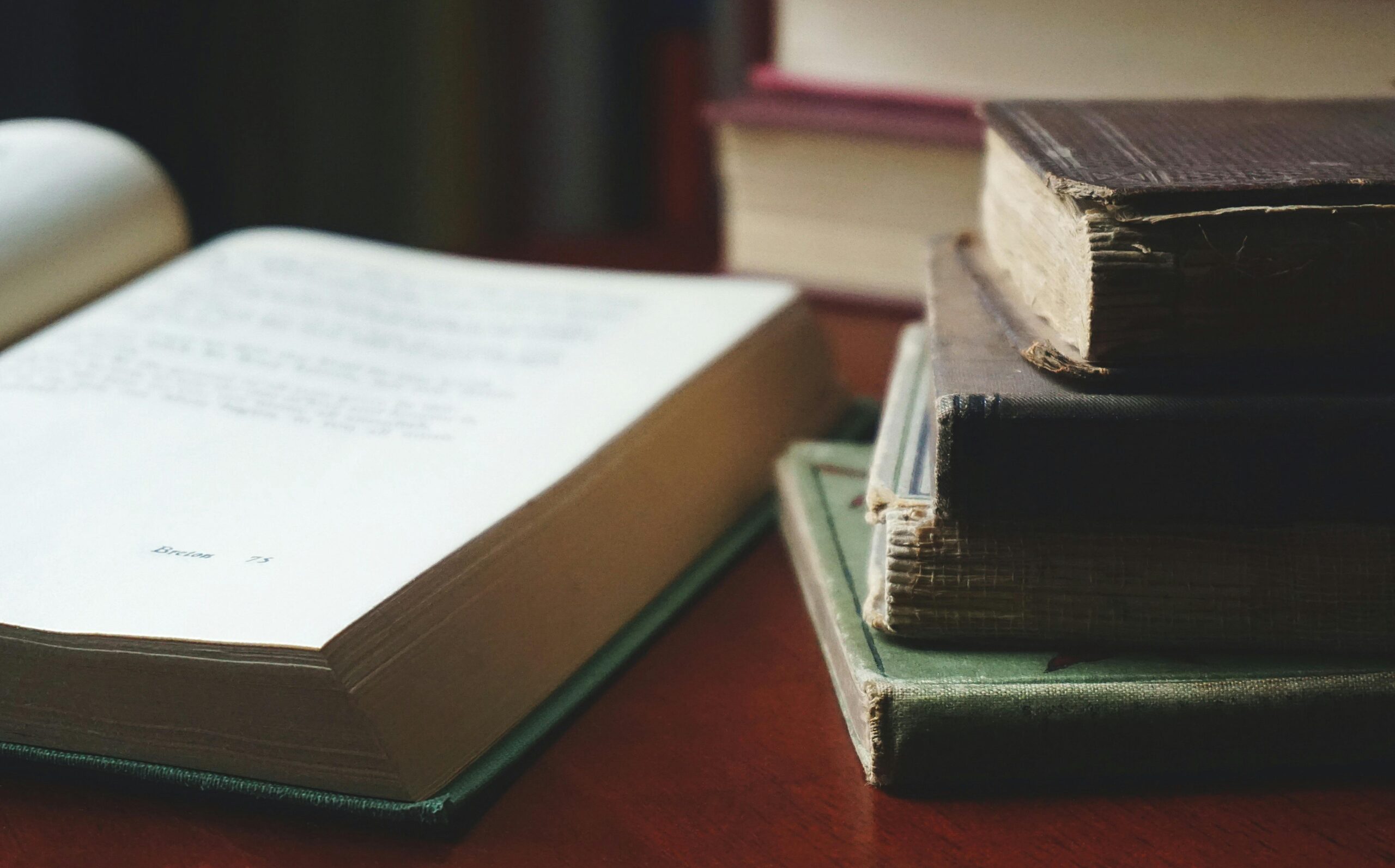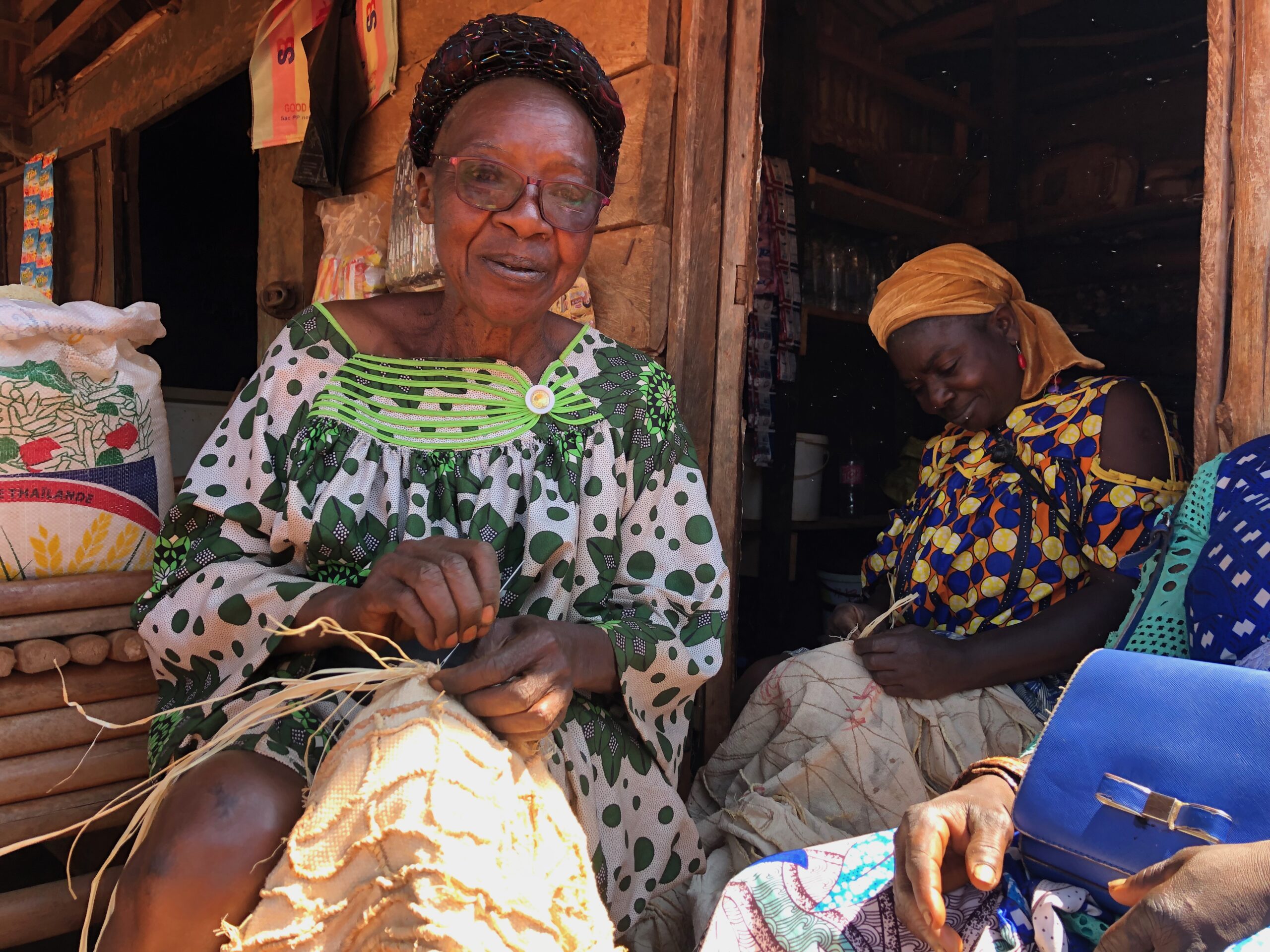From the shallow basin of the city beach, the Arabian Gulf shimmers stagnant along the distant smudged horizon. Behind me, the Corniche beachfront follows waves of undulating glass towers that hold the government oil and investment authorities. The oil supplies capital for the sovereign wealth fund, the world’s largest, whose funds are the property of the Emirate and the part of its population who are descendants of the area’s Arabic speaking clans. But Abu Dhabi now “is a cosmopolitan city,” from the Greek cosmopolites for “citizen of the world.” Eighty-three percent of the city’s population are from elsewhere. Companies who recruit professionals tempt with the promise of cosmopolitanism as if the synergies between high culture, finance, and shopping that make Abu Dhabi a world-class business and tourism destination would make the city’s population equally so.
Abu Dhabi Island is a peninsula jutting north into the Gulf. If you have ever seen the sun set through a narrow column of New York City and project persimmon rays down Twelfth Street, then you know that the dying light casts sharply cragged shadows like effigies of the day. In Abu Dhabi, the sun also chases cars down east-west streets; the towers’ glass like smooth, mirrored hedges capture the city as in a prism. You can never hear the ocean lapping, but in the downtown core men wear the handstiched caps my father used to wear when he was at home, like an embroidered pillbox yarmulke. They maintain the old practices of undyed cotton salwar, cut by the hands of a man who knows, still, how to properly fold cloth. Absent tees and jeans, the streets don habits ritual or exigent: salwar, taquiyah, kofiya, topi, pagri, kufi, imami, sari, chuni, neon vest, hard hat, company polo shirt, baseball cap.

“Yon are the works of Brahmin loom,” William Makepeace Thackeray wrote, describing one of the one hundred thousand displays at the first world expo, London’s 1851 Great Exhibition of the Works of all Nations, in which twenty-eight countries participated. Thackeray believed in the exhibition; he quit writing for the Victorian humor magazine Punch over it and published in the Times this “May Day Ode” to the Exhibition. “On such a web of Persian thread,” he continued, “The Desert Arab bows his head/And cries his prayer.” Just as the Desert Arab in Thackaray’s piece is ultimately the rug owner, Abu Dhabi the city writes the rules that constitute respect for itself, the host culture: scooting back the weekend to accommodate the Islamic holy day, requesting modesty in the malls (no knees, no shoulders). Otherwise, the streets are ecumenical. Prayer rugs are made in China now, but like Thackeray’s Indoöceanic weaving, their exchanges symbolize interchange among strangers.
The structure built to house the London Expo spanned nineteen of Hyde Park’s 350 acres with glass suspended between iron and timber scaffolding. It was a man-made Garden of Eden enclosing an entire universe enveloping trees, birds, and the natural cycle of the day, concealing the separation between inside and outside as though the walls had melted away but magically kept Expo visitors protected from the elements.
Abu Dhabi’s World Trade Center mall unofficially opened a few weeks ago in the place where the old city souk had once nestled downtown. The mall, imagined by modernist Norman Foster, seamlessly integrates form and function with ceilings of wood lattice panels that move to keep light in, heat out; the city’s geometric symbols are printed onto stained glass panels. But it is Dubai, the boom-and-bust city state two hours east on the highway, that is the front-runner in the international bid to host the 2020 World Expo.
Unlike Dubai’s fantastical off-the-coast Palm and World Archipelago, this structure claims natural origins, evocative of the oft-cited ocean trade which linked the Gulf with south and east Asia like a maritime silk road that it pulls like a thread into the present, as if the multeity once and now present was always so.
At its best, you are a part of it, as promised. Catching the scent of cardamom past the grocery or breathing past the cologne of taxi drivers, listening to the Quran on the radio, these are the things that, produced among fenestrated glass and construction cranes as fixed as lines of latitude and longitude, will flux and linger in our thick air; representations of the world’s space and time produced in toy dimensions of the original scale.

There is a cafeteria downtown, across from the World Trade Center mall, that I regularly visit. It is filled with shirts and ties for lunch during the week and jeans and madras from Madras on the weekends. The waiter smiles when he brings the menu and smiles when I order without consulting it. Norman Rockwell painting his Thanksgiving turkey never imagined such a perfectly roasted surface as the dosa. Clarified butter has respired a batter of rice flour into a delicate skeleton of lace that is starched, bent, and burnished around a body of aloo. I push into its white ribs and watch the fracture release steam down its hairline, pour the cool coconut chutney down the cleave. It is so perfectly finite: living, then dead; stiff before yielding into a salty ravaged slop.
In the small narrow ranks of tables, people pinch bread and lift curry: breathing pinching chewing, breathing, pinching. I hunch over to catch a spill and all across the city other small arm-sized jobs are done: men build and reduce mounds of rubble; a waiter delivers an order to the kitchen; a taxi driver counts his cash. It is harder to imagine a mother’s cool touch on the back of your neck: Of the foreigners, only western immigrants and wealthy professionals can afford to keep their children here; even so, across the block from the dosa spot is Giftland, a toy store without a single child. Over a pink doll-sized box with a spill of blond curls, three men huddle with furrowed brows, one with a phone to his ear. Two women stand immobile, looking, near the puzzles and Rubik’s cubes, a mound of footless soles lies tangled in the corner.
In the store, buying a blender post-cafeteria, I remember the menu’s back page: its list of inspirational quotes. They are fortune cookie wisdom.
5. Sometimes the best things in life are not things at all … but the people who make you fell loved and cared for.
6. You can’t fall if you don’t climb … but there is no joy in living your whole life on the ground.
At the end of the 1851 exhibition, the Royal Society of Arts convened lectures to summarize the advances it had made. Trinity College Cambridge fellow Dr. William Whewell suggested that a Victorian Odysseus would now see “from the sparkle of the diamond to the mighty bulk of the colossus” all at once – not in long journeying – on Calypso’s medial isle, where the image of the world would appear in a crystal orb, compressed not just in space but also in time. He would never be at life’s end, Whewell argued, with only his memory through which to see the world, like shuffling blindly through a rosary. Everything that once existed as beads on a thread would now disband and appear simultaneously.
Ironically, in Whewell’s comparison to the Homerian epic, the possibility of memory, of all things, seems to be lost. Whewell hopes that Odysseus can compare the objects in the orb scientifically because of their spatial proximity. But if all the episodes of Odysseus’s travels appear simultaneously, then time ceases there; memory is discarded. Living in the Crystal Palace demands disjuncture from the past, from the world, from anybody. It was athazagoraphobia I saw at Giftland, the fear of forgetting, the fear of being forgotten, hence the phone calls home to where the gifts were going and where they still knew which toy would be most beloved.
In the Emirates, national pride stems from the rapid transformation from desert sands to the most foreign capital in the world: the contrast between sand and skyscrapers, sparse nomadism and dense urban life. Pre-oil life, now sixty years old, is kept close to the national hearts. It is cosmopolitanism that has emerged as the predominant narrative to bridge the canyon between past and present.
It can feel, often, like this place never existed except between things.
Like the story I heard here, once, of a man who called his wife, thousands of miles away, just so that she knew she was thinking of him, though it was agreed she would never pick up. The call was free, and so he could afford to call in another hour, and another, every time he thought of her.
It is Friday night, and I tell a cab driver I like the music. We begin to explain. It’s Malayalam, from Kerala. He’s been here for four years, I’ve been here one; I came from America. I tell him where I work when he asks, although since we are here it doesn’t make sense to return the question. He stretches his neck left to see me as we talk in the rear view mirror. And – your family, they are in America? Yes, I say. I already know the answer. Yours? I ask – in Kerala. We nod. We share a condolent quiet. He’s changed the station to top forty. To my friends in New York, I say hello/My friends in L.A. they don’t know/Where I’ve been for the past few years or so. As we listen, I think he is remembering, because I am too. This has gotta be a good life/this has gotta be a good life/this could really be a good life/good life. The song insists, then prevaricates.
Cosmopolis, now, is not a place you can find on a map, but it is real. Excused by proximity and music we begin to unravel the threads together, follow them back home in a cab traveling out for the night to some bar, I don’t remember which. It is only for a moment, the longest anyone will ever have with a stranger in the city. Then I hear the door close and find that I have been dropped in an empty parking lot and no longer know where I am.
Sahiba Gill is Assistant Editor at The Common and a Global Academic Fellow at NYU Abu Dhabi.




